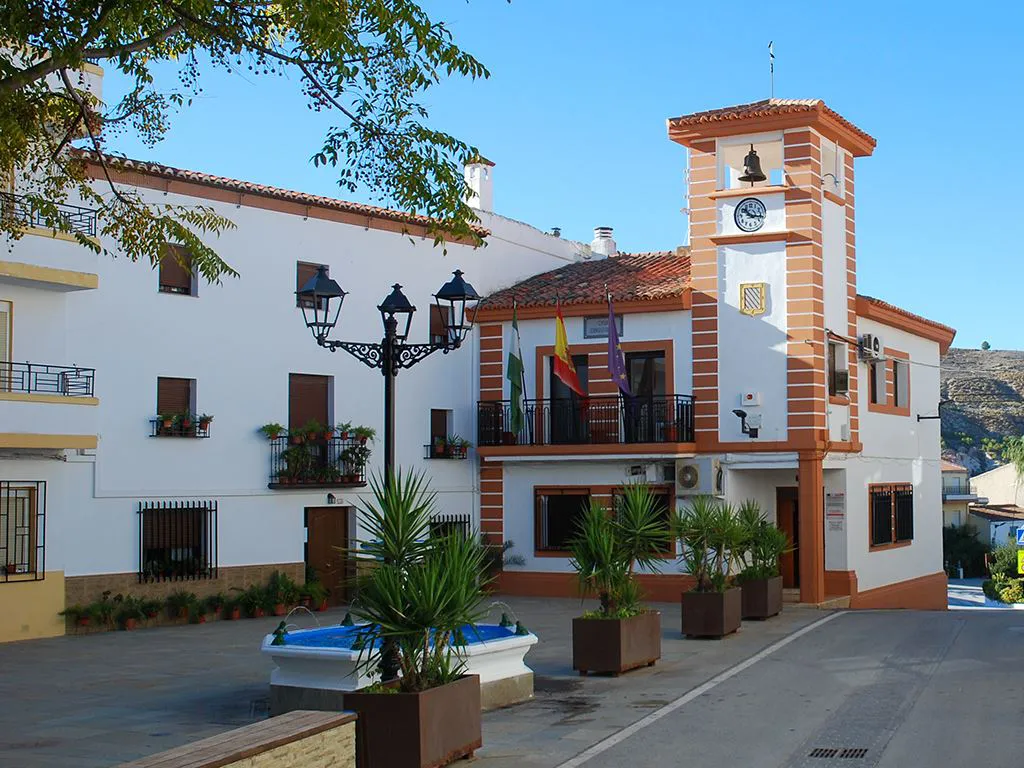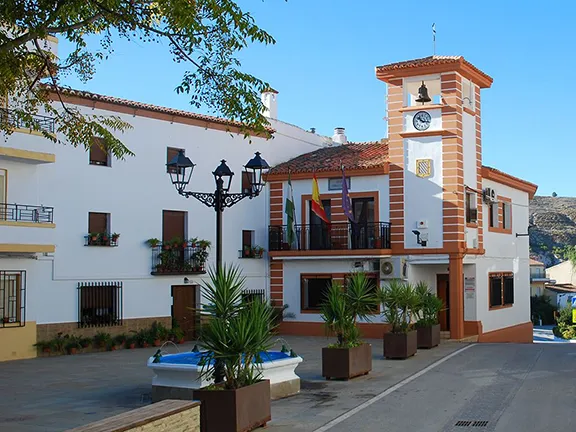Guide to Hinojares, the smallest municipality in Jaen province at the foot of the Sierras de Cazorla, Segura y Las Villas National Park
By Nick Nutter | Updated 16 Mar 2022 | Jaén | Villages |
Login to add to YOUR Favourites or Read Later
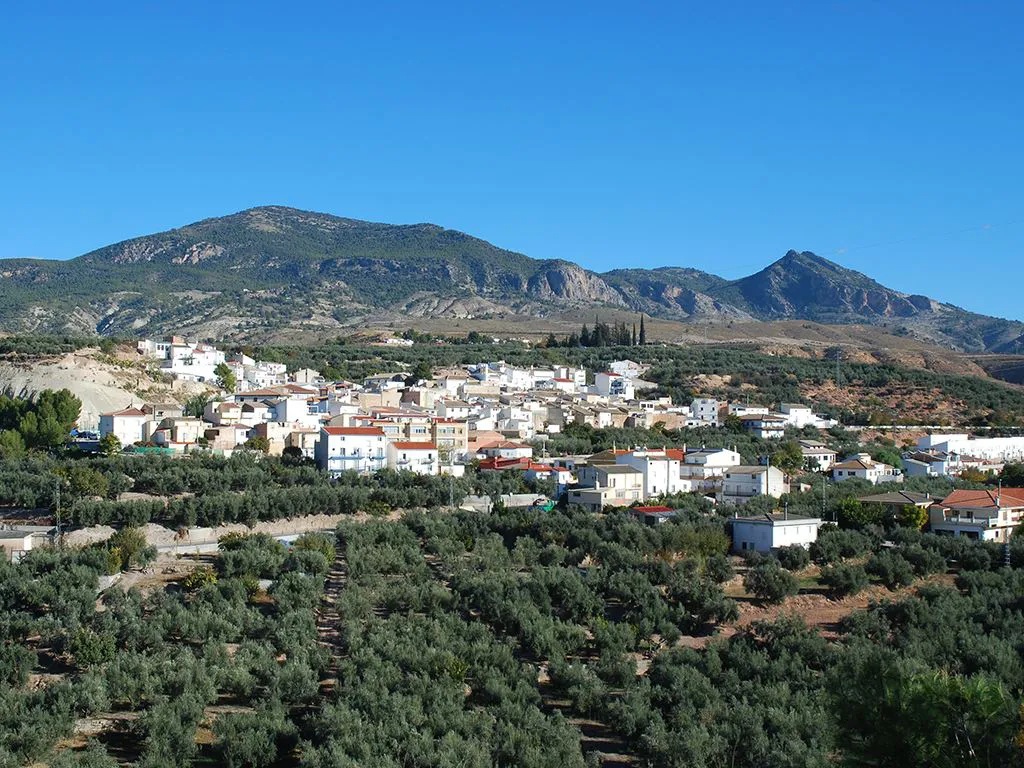
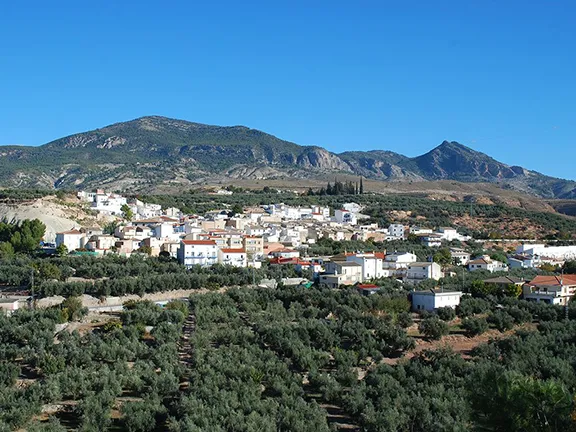
View of Hinojares
With a population of less that 350, Hinojares is the smallest municipality in Jaen. It is a village where it is soon possible to recognise your neighbours. The same is true in reverse, not much happens here so visitors are a source of gossip in the aptly named Bar Social, a commodity more valuable than the income generated from them.
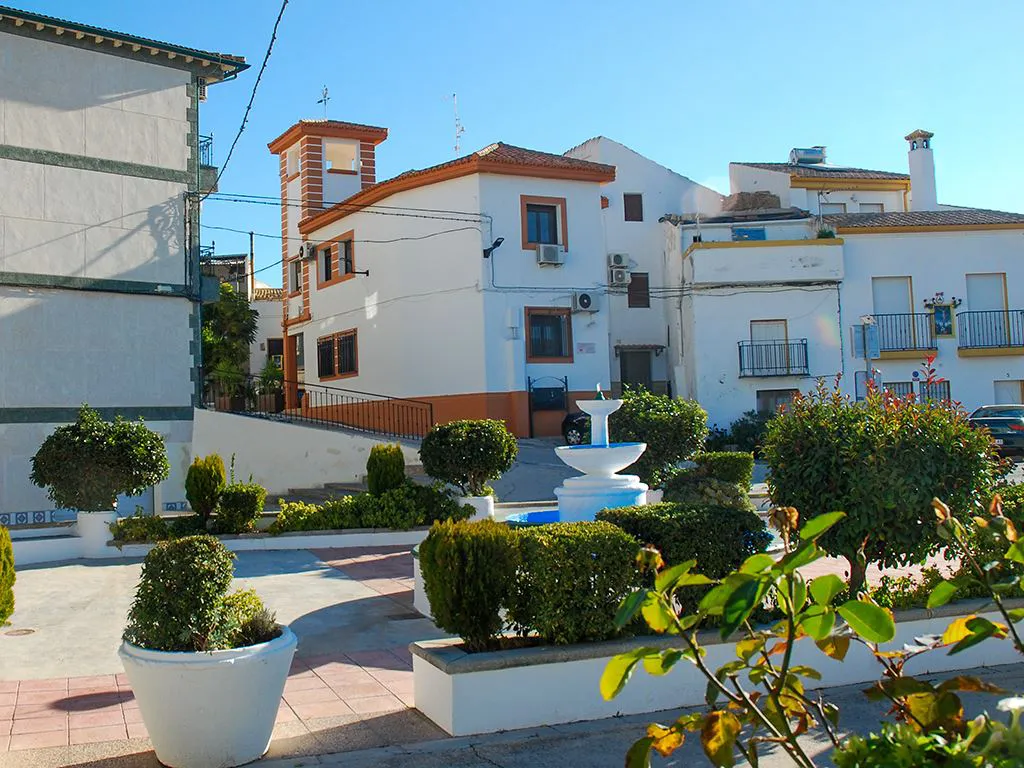
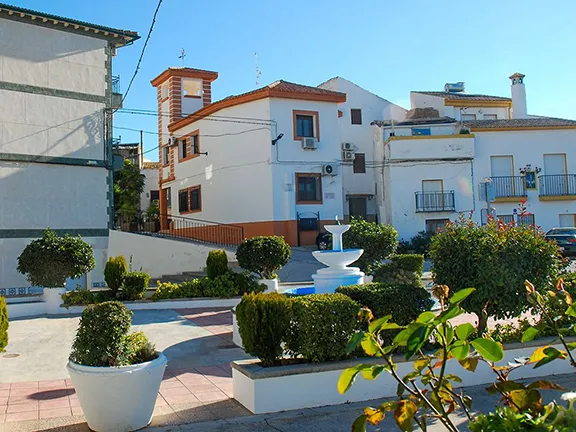
Hinojares can really be described in one sentence, a group of pretty dwellings surrounding the Plaza Constitucion and the Iglesias de San Marcos. Its real value is its location, in the southern foothills of the Sierras de Cazorla, Segura y Las Villas National Park. The village provides a wonderful, relaxing respite after a hard day walking, cycling or canoeing in the Sierras.
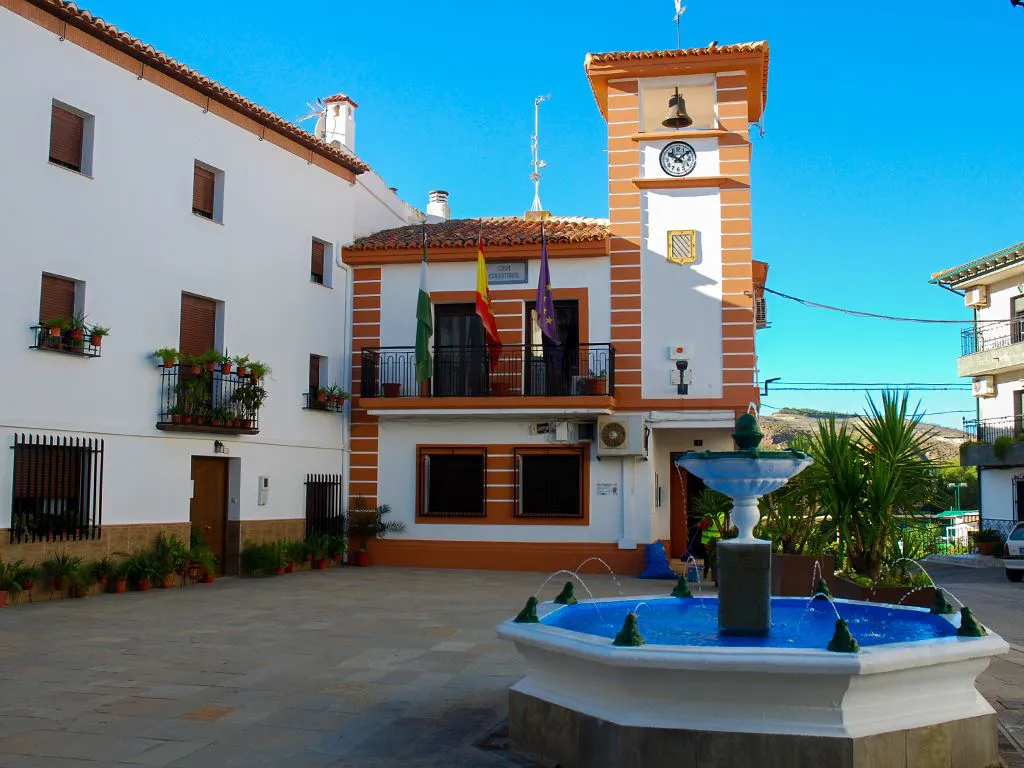
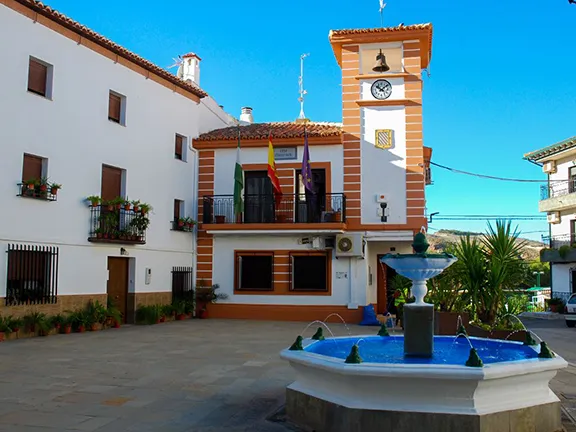
As with many of the settlements in this area, Hinojares has ancient roots. It was called Traxinum during the Roman period and that name was probably applied to the nearby Ibero-Roman settlement. Its modern name derives from the amount of fennel, hinojo, that was produced in the area during the Moorish period.
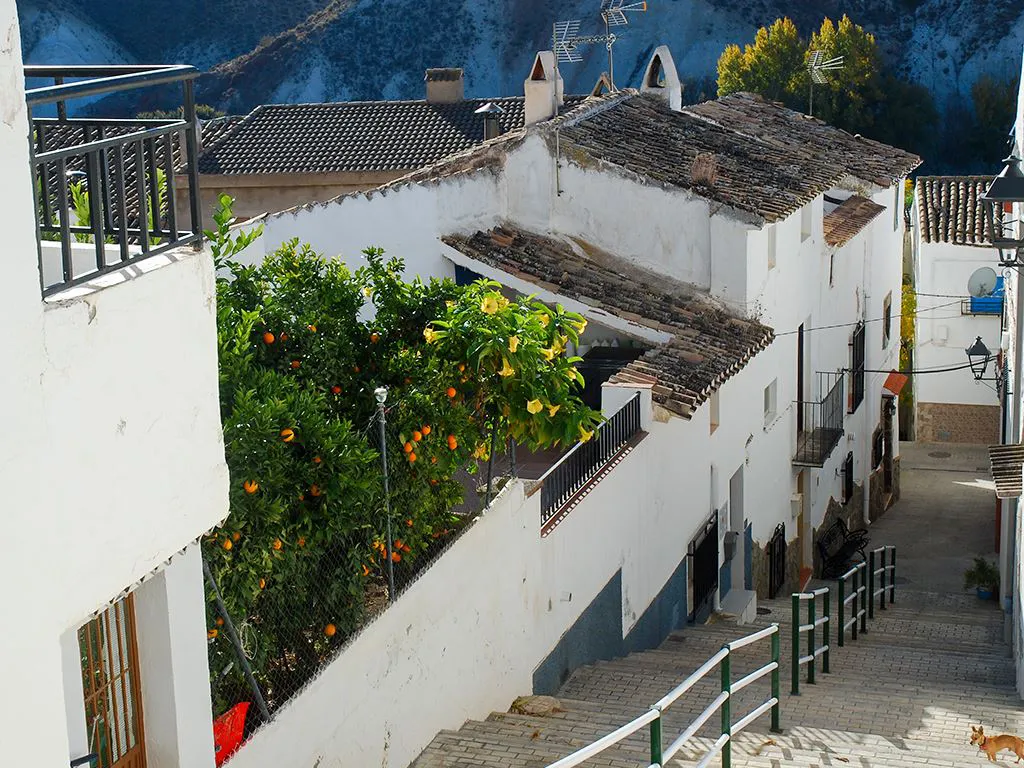
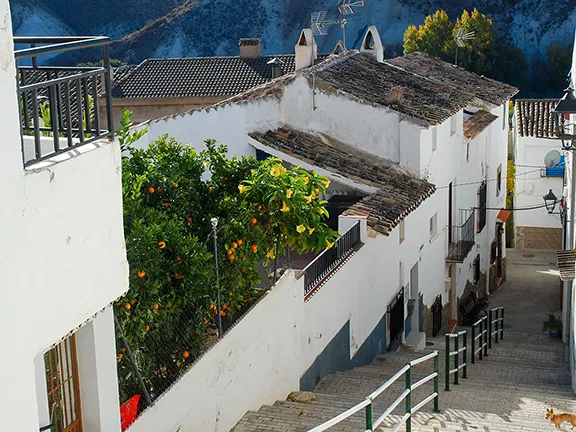
Five kilometres outside Hinojares is the Iberian fortified settlement, or oppidum, of Castellones de Ceal. It occupied a strategic position between the Iberian territories of the Bastetanos who had a capital at Baza, and the Oretanos with their capital at Linares. It is typically situated on a limestone plateau overlooking the Guadiano Menor valley and the hamlet of Ceal. The oppidum consisted of a walled town and a necropolis. A tomb excavated in the necropolis has been compared with the famous Iberian tomb at Toya. The earliest part of the settlement dates to the 7th century BC and the latest to the 2nd century BC, during the Roman period, at which time a fire devastated the town.
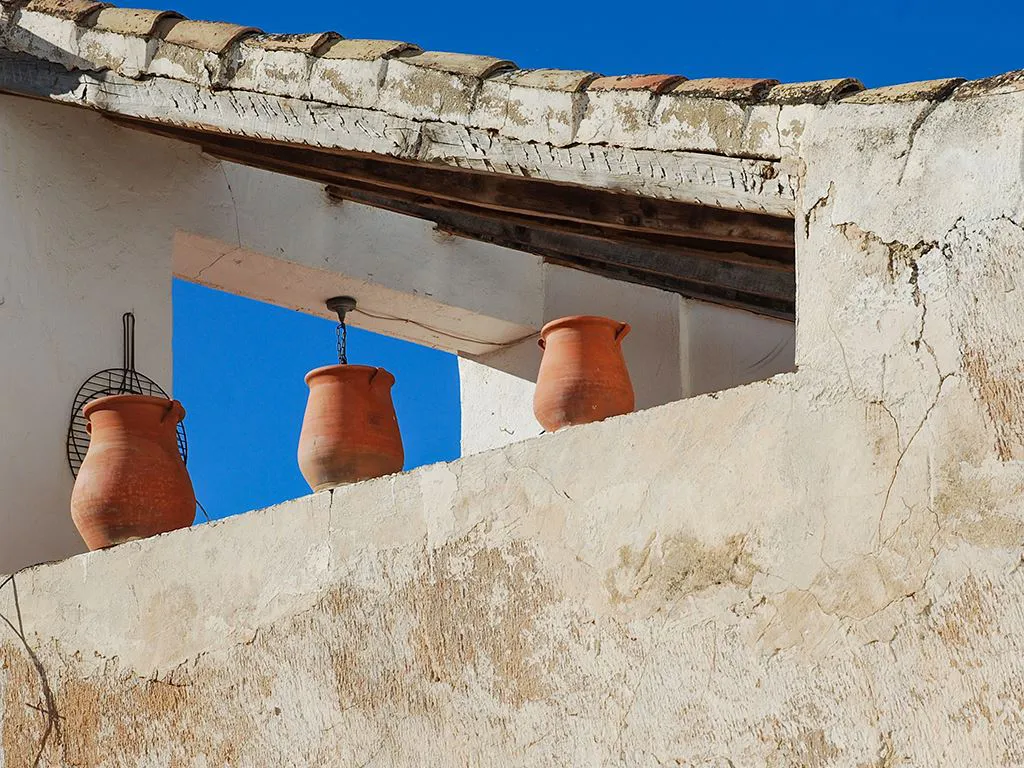
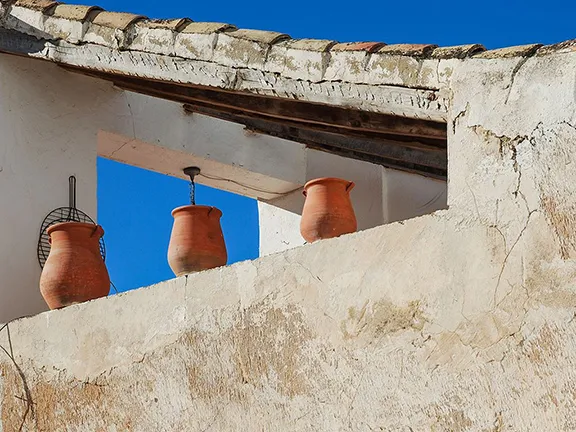
Part of the attraction of the area for the Iberians and the Romans must have been the salt water springs in the area. There are two in the Hinojares area, the ‘Chillar’ salt flats to the south and the ‘Mesto’ flats to the north. Both were in operation until 2007, producing salt from the mineral rich waters that bubble out of the earth. In modern times much of the salt produced was used to supplement animal feed and for curing the local jamon.
